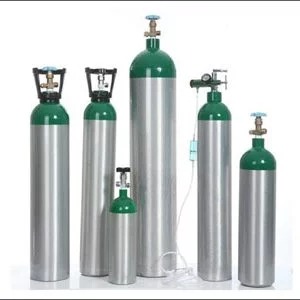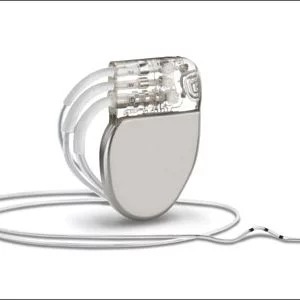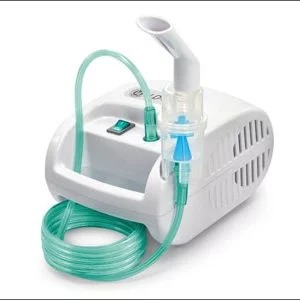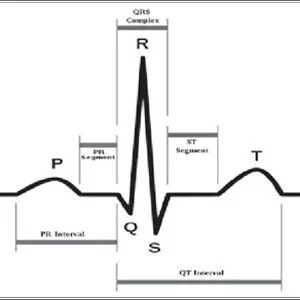Medical Equipments | Air Ambulance Solution
When an emergency arises and every second counts, air ambulances provide a crucial service for rapid medical transport. These specialized aircraft are equipped with state-of-the-art medical equipment designed to offer high-level care while transporting patients to hospitals or medical facilities, no matter how far or remote the location.
What are Medical Equipments in Air Ambulance?
Medical equipment in an air ambulance refers to a range of advanced tools and devices specifically chosen to ensure that patients receive top-tier medical attention during air transport. These tools play a critical role in maintaining the patient’s condition during transit, helping stabilize them, monitor vital signs, and administer treatments. Medical equipment on board is chosen to provide the same level of care that patients would receive in a hospital setting, with modifications to accommodate the unique environment and challenges of flight.
The medical equipment on air ambulances is tailored for emergency response, offering life-saving technology that ensures safe transport for critically ill or injured individuals. It’s important that these devices are lightweight, portable, and easy to use in confined spaces, as air ambulances have limited room.
List of Medical Equipment Needed in Air Ambulance
Air ambulances are equipped with a wide variety of medical equipment that is essential for different types of emergency situations. Below is a list of the core medical equipment commonly found in an air ambulance:
1. Defibrillators (AED)
- Used for patients experiencing cardiac arrest or life-threatening arrhythmias, defibrillators are critical for delivering electrical shocks to restore a normal heart rhythm.
2. Ventilators
- These machines provide mechanical ventilation to patients who are unable to breathe on their own. Ventilators ensure that the patient receives a constant flow of oxygen during transport.
3. Cardiac Monitors
- Monitoring the patient’s heart rate, blood pressure, and oxygen levels is vital. Cardiac monitors provide real-time data to medical personnel so they can take appropriate action in case of any sudden changes in the patient’s condition.
4. Oxygen Supply Systems
- Oxygen is essential for critically ill patients, especially those with respiratory issues. Oxygen cylinders and a system to regulate and deliver oxygen are critical for maintaining the patient’s respiratory function during flight.
5. Infusion Pumps
- These pumps are used to deliver fluids, medications, or nutrients to the patient. Infusion pumps help control the dosage and delivery rate, ensuring the patient gets the exact treatment needed.
6. Suction Devices
- In cases of airway obstruction (due to fluids like blood, vomit, or mucus), suction devices help clear the airway to ensure adequate breathing.
7. Stretchers and Patient Transport Systems
- Specially designed stretchers and patient transport systems are used to safely move patients in and out of the aircraft while ensuring comfort and stability throughout the journey.
8. Blood Pressure Cuffs
- Blood pressure cuffs are used to monitor the patient’s blood pressure, an important indicator of their circulatory health.
9. First Aid Kits
- A comprehensive first aid kit contains bandages, antiseptics, dressings, and other essential items for immediate medical care.
10. Splints and Immobilization Devices
- These are used for patients with bone fractures or musculoskeletal injuries to stabilize and immobilize limbs during transport, minimizing pain and preventing further injury.
11. Glucose Monitors
- For diabetic patients or those with altered glucose levels, glucose monitors help measure blood sugar levels and guide treatment decisions.
12. Emergency Medication and Drug Kits
- These kits contain various medications, including pain relievers, sedatives, and emergency drugs for allergic reactions, seizures, and other life-threatening conditions.
13. Portable Ultrasound Machines
- Used for assessing internal injuries or complications such as bleeding or organ damage. A portable ultrasound can be crucial for quick diagnoses during transport.
14. Pulse Oximeters
- Pulse oximeters measure the oxygen saturation levels in a patient’s blood, providing an indication of respiratory function and ensuring the patient is receiving enough oxygen.
15. Temperature Control Equipment
- Temperature regulation equipment ensures the patient’s body temperature remains stable, preventing hypothermia or hyperthermia during transport.
16. Personal Protective Equipment (PPE)
- Medical staff on air ambulances must be equipped with protective gear like gloves, masks, face shields, and gowns to prevent contamination, especially during infectious disease outbreaks.
MEDICAL EQUIPMENT’S

Ventilator

Defibilator

Oxygen Cylinder

Pacemaker

Nebuliser

Pulse Oximeter

Scoop stretcher

Electrocardiogram


